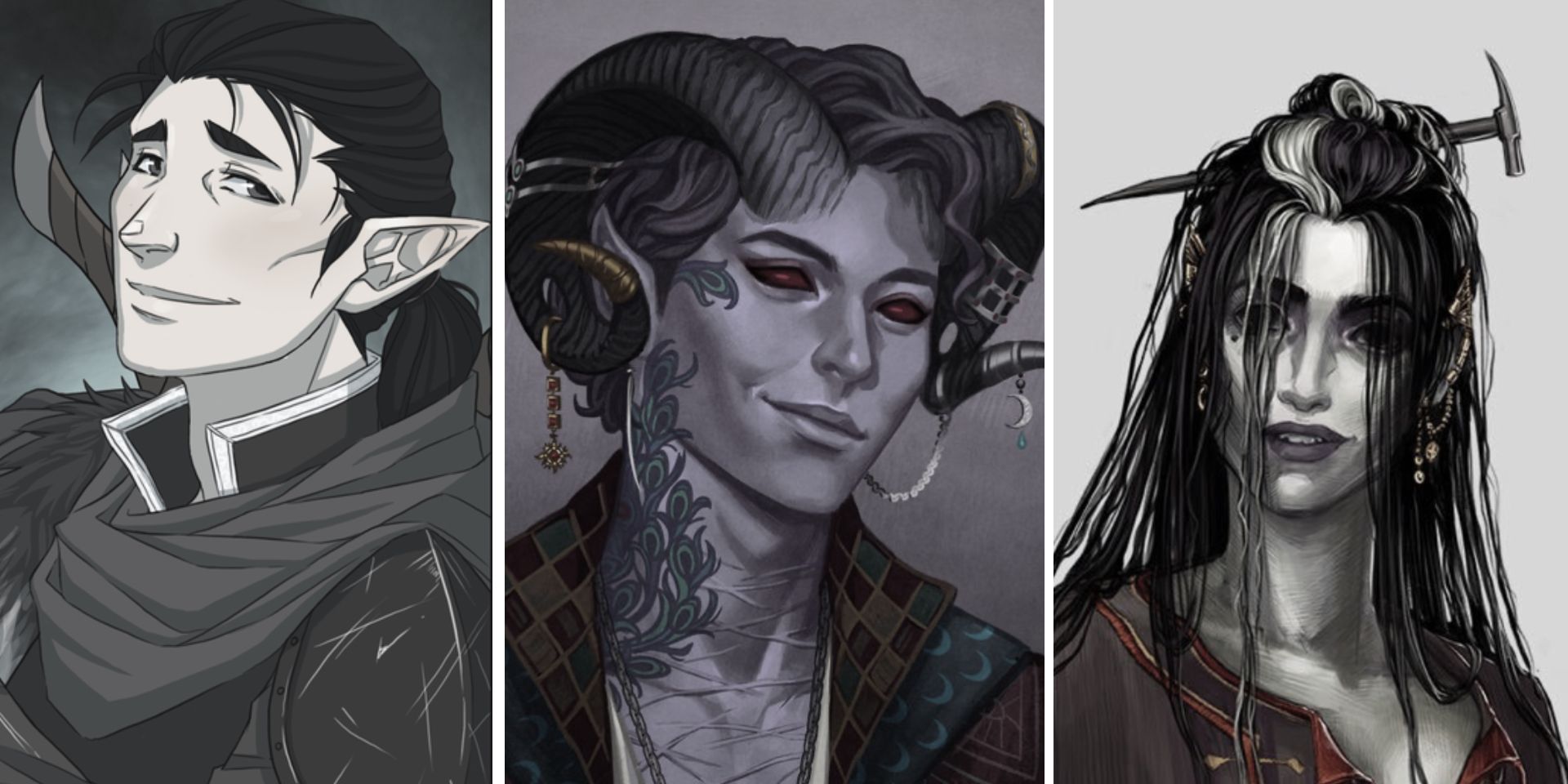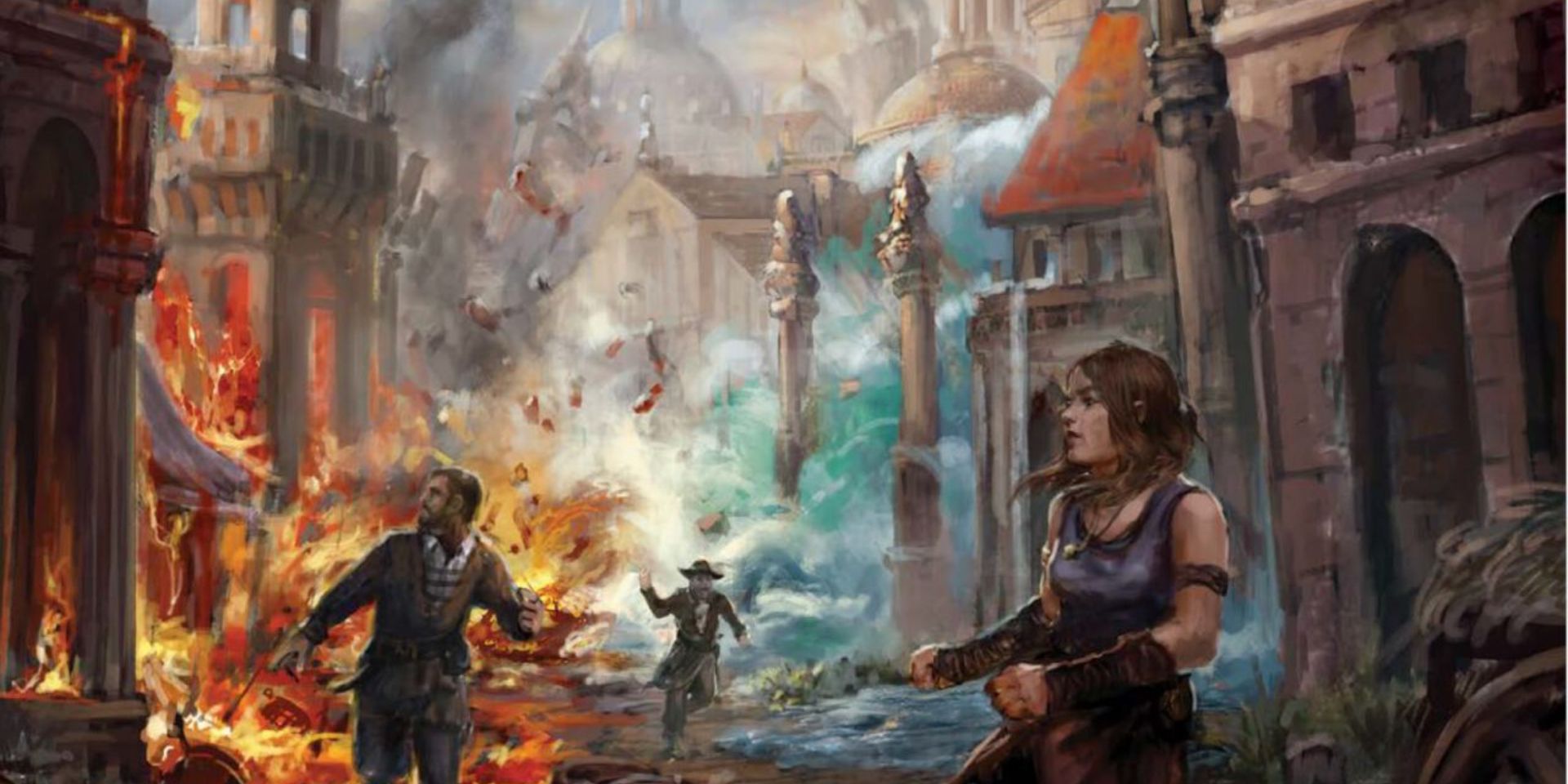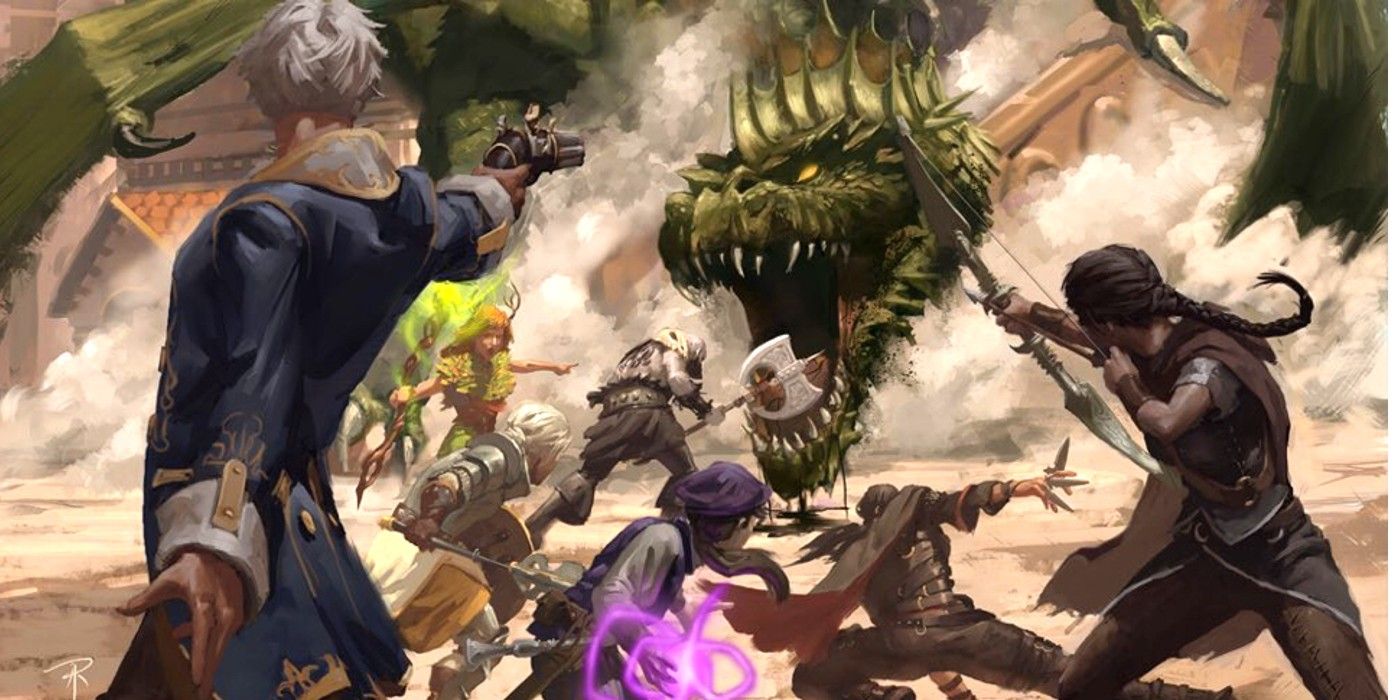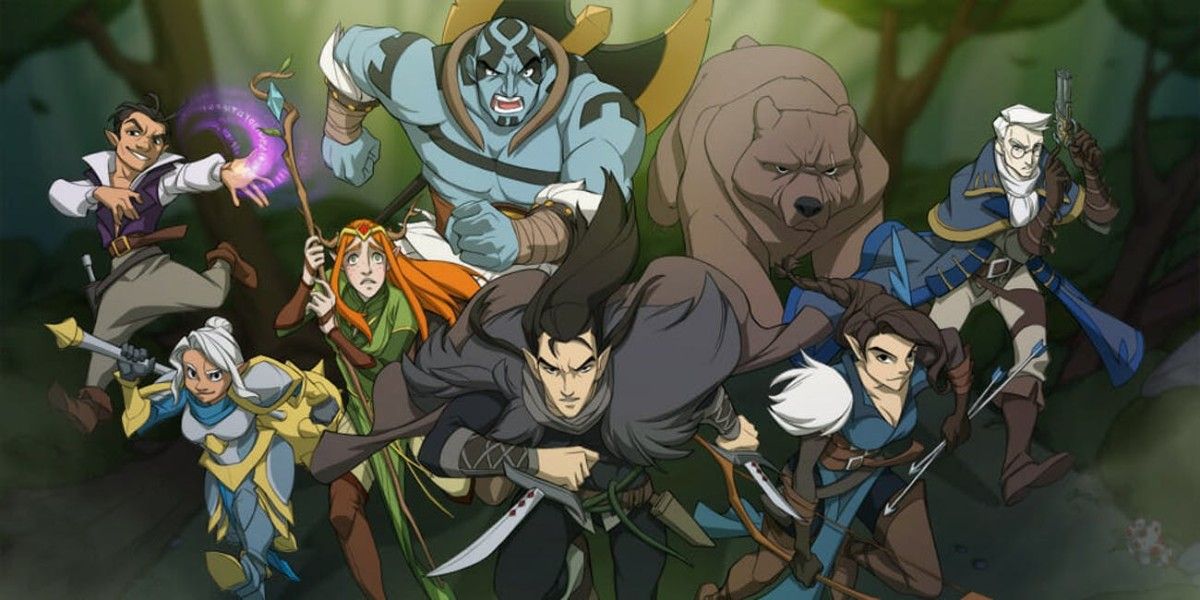Many computer and tabletop role-playing games, drawing inspiration from the influential gameplay of Dungeons & Dragons, include special gameplay mechanics or narrative features that let player revive or resurrect characters of theirs who are killed in battle. Critical Role, as an Actual Play series centered around campaigns of D&D, does have gameplay mechanics for resurrection. However, the world-building concepts and narrative approaches of Dungeon Master Matthew Mercer generates stories where his player’s characters can die, and those deaths, even if they’re undone, have lasting, tragic consequences.
The notion of character resurrection in fantasy RPGs, like with many other concepts, originated in Dungeon & Dragons, the role-playing game that started it all. To represent different archetypes of fantasy heroes, Gary Gygax and Dave Arneson created discrete packets of abilities and equipment proficiency rules called character classes. First there was the fighter D&D character class (initially named “Fighing-Man”) a warrior archetype who could wield all weapons, wear all armor, and lead bands of soldiers into battle. Then there was the wizard class (initially called “Magic-User”), who could cast magic spells to destroy enemies, befuddle people, and surmount the threats of a dungeon. The next character class to be created, standing between the extremes of wizard and warrior, was the cleric - a militant saint who could wield a limited range of weapons/armor and cast spells styled after the miracles of Abrahamic prophets - conjuring food and drink, healing the injured, and even, at high-enough class levels, resurrecting the dead.
To keep D&D Cleric domain spells like Revivify and Resurrection from cheapening player character deaths in Dungeons & Dragons, Gygax and other future developers created rules to limit how these literal death-defying spells could be used. Older editions of D&D would strip away experience points from player characters who were resurrected, causing them to temporarily lose levels in their character classes. More modern editions of D&D would waive this experience point penalty, but still require Clerics to possess expensive spell components in order to fuel their reviving spells. Finally, resurrection spells required a piece of the dead adventurer’s corpse in order to take effect; if a PC was disintegrated by magic or digested in a monster’s belly, their death would be final. Even with these restriction, most longtime D&D player characters who level up past a certain point and attain a decent reserve of gold are almost impossible to permanently kill. In all three seasons of the Critical Role Actual Play, though, Dungeon Master and voice actor Matthew Mercer has kept the stakes of character death high with the following approaches.
Mercer Doesn’t Pull Punches During Combat In Critical Role
So far, each season of Critical Role has had a player character death that was final, seemingly irrevocable, and epically tragic. In season one, following the exploits of the adventuring party Vox Machina, Liam O’Brien’s character Vax was disintegrated by the lich-god Vecna. The emotional heart of the Mighty Nein adventuring party in Critical Role's Wildemount setting, Talisen Jaffe’s PC Mollymauk, was brutally slain by the leader of a band of slave traders. In the third and current season, three characters in the Bell’s Hells adventuring party were murdered by a psychic mercenary general, and of these three, the cheerfully half-dead Laudna, played by Marisha Rey, couldn’t be revived with the magic the player characters had on hand.
Matthew Mercer, the Dungeon Master who runs the main Critical Role campaigns, has said on several occasions he doesn’t design combat encounters that are impossible for his players to win. If his player group rolls poorly or make poor tactical decisions, though, the tabletop RPG villains and antagonists Mercer portrays will mercilessly strike at the weaknesses of player characters and deliver brutal finishing blows to anyone who is on the brink of death. This approach to DMing strikes a balance of sorts between the killer GM archetype and the indulgent GM who is too afraid to cause his group's characters lasting harm.
Critical Role Has Dramatic Home-Brewed Resurrection Rules
Over the course of Critical Role's three seasons of play, Mercer and his fellow voice actor friends have introduced several home-brew subclasses, original character classes like the blood hunter, and other cool pieces of original D&D content that was officially published in source books like Explorer's Guide to Wildemount. The most important home-brew D&D rule in Critical Role, however, may well be the modification Mercer made to D&D's Resurrection spell. Instead of automatically succeeding, Resurrection only succeeds on a successful D20 dice roll.
The DC number for this Resurrection roll increases every time a player character dies and is revived, while PC actions such as giving speeches or making offerings to their dead comrade will lower the difficulty back down. With this small modification to the rules, resurrection in a Critical Role D&D campaign becomes much more dramatic and gives the voice actor cast of the Actual Play a chance to engage in highly poignant role-play.
Deaths Have Long-Lasting Consequences In Critical Role
Player character deaths, even if they aren't permanent, have lasting consequences in a Critical Role D&D campaign, thanks in no small part to the creativity of Matthew Mercer and the dramatic sensibilities of the players. For instance, when the Gnome bard character named Scanlan Shorthalt died in battle against a dragon and was resurrected, player Sam Riegel didn't just laugh off the death. Instead, he dug deep into his PC's head-space, leading to a heartbreaking scene where Scanlan called out his friends for ignoring his emotional problems and left the party to search for his once-estranged daughter.
In the case of permanent PC deaths, Matthew Mercer didn't just abandon the sub-plots associated with these famous Critical Role characters, but re-purposed them to highlight the tragedy of the character's death and give closure to their individual tales. Liam O'Brien's character of Vax, for instance, was given the choice to return to the world as a corporeal ghost, aiding his party in saving the world one last time before leaving the world behind to become an eternal servant to the goddess of death. As for Talisen Jaffe's Mollymauk character, his corpse wound up being possessed by the ultimate villain of the season, leading to an epic battle where the members of the Mighty Nein fought to free their friend's body and soul. As of the latest episodes of Critical Role, it's unclear whether Marisha's Dungeons & Dragons character Laudna will be resurrected or stay dead; whatever the outcome, the odds are good her character's death and story will not be trivialized or cast aside.




